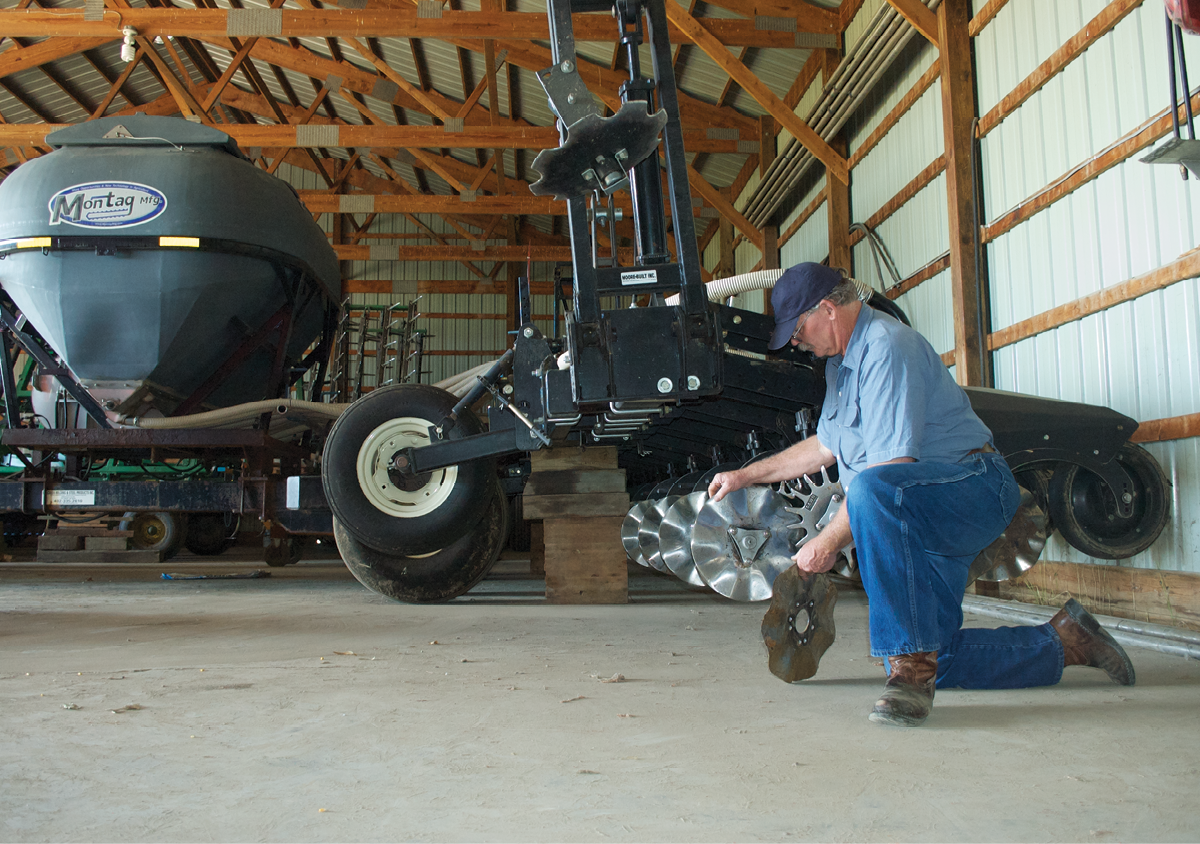No-Till Farmer
Get full access NOW to the most comprehensive, powerful and easy-to-use online resource for no-tillage practices. Just one good idea will pay for your subscription hundreds of times over.

Illinois strip-tiller Mike Bland admits that he’s a stickler when it comes to equipment maintenance.
The last thing he wants when heading into the fields to build fall strips is wasting time diagnosing and fixing a problem that could have easily been prevented with a little foresight.
Since he began strip-tilling 6 years ago, Bland prides himself on making sure his two strip-till rigs — a 12-row Blu-Jet and a 12-row Redball — are ready to hit the field after harvest.
“I’m a big advocate of making sure mechanical systems are working properly before I start building my strips and applying fertilizer,” he says. “Summer is always a good time to check the equipment and make sure it runs.”
This includes changing out worn anhydrous knives and taking preventive measures like spraying down rigs in the off-season with diesel to ward off rust caused by corrosive dry fertilizer.
Bland strip-tills about 1,200 acres of corn near Bethany, Ill., and primarily no-tills 800 acres of soybeans, although he has tried strip-tilling them in the past.
Keeping his rigs functioning is a priority. In his first year strip-tilling, Bland learned a valuable lesson about maintaining his coulter blades.
“The first year, we used a 16-row toolbar that we worked pretty hard, so we got the torch out and did some bending of the blades,” he says. “The next year, we got some big humps in the berms. And when they’re 8 inches high, they don’t settle down.
When he came back to…